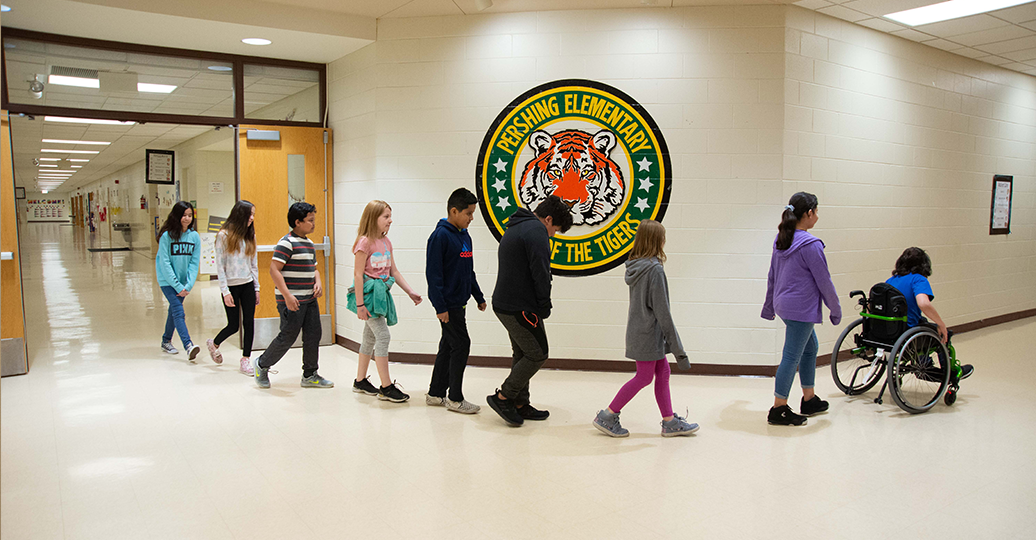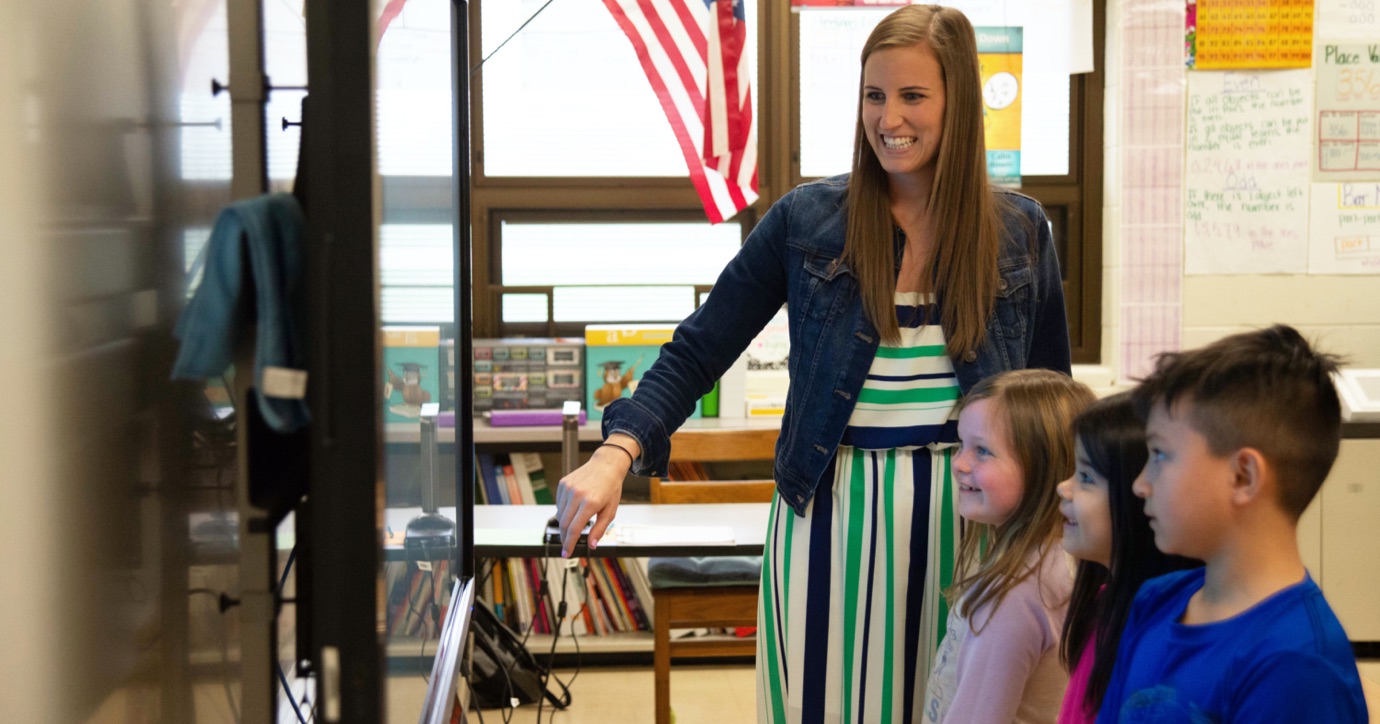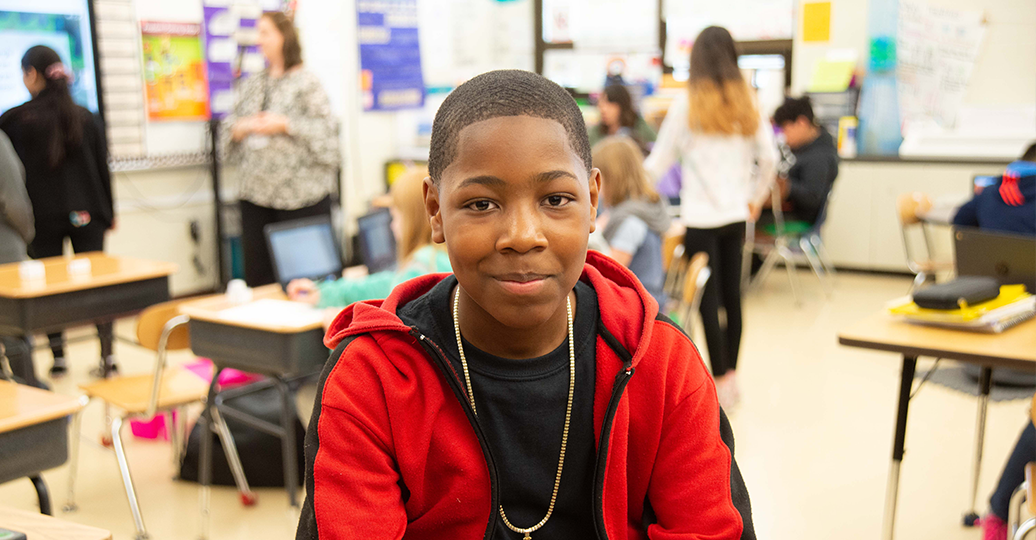The job of a teacher is to deliver extraordinary education to their students. But this doesn’t have to be confined to the four walls of a classroom.
New technologies are making it possible to allow learning to take place at home, school, libraries and museums, providing a continuum of learning no matter where pupils are. By allowing individuals having control over their learning, students and schools are offering up new experiences and enhancing education.
Education doesn’t have to stop at the end of the school day. Wherever there is an internet connection, there is the potential for learning. Students who need to revise or spend more time practicing a concept can do at home, and keep up with their peers. More able students have the opportunity to use extra resources to enhance their learning. Teachers can set tasks to be done in the evenings or weekends, and provide the information necessary to do complete them.
The tools are there. 46% of 5-15-year olds have their own smartphone, and 49% have their own tablet. There has been significant investment over the last few years. Local authorities in Wales are set to receive £50 million additional funding to upgrade Education Technology equipment within schools. Britain has the largest EdTech market in Europe, with innovation constantly progressing.
There are numerous opportunities for technology to be used wherever students are.
Students can use technology to collaborate virtually, swapping feedback and ideas in real time. They can share ideas and learn skills all through the use of smartphones, tablets, and devices. Clevertouch IMPACT Plus features easy to use mirroring and touch-back on up to fifty devices at any one time, meaning that teachers and students can be more connected than ever. Screen mirroring with built-in teacher controls ensures that the right information can be checked and shared across devices. Students can file assignments that teachers can instantly access and mark, providing real time feedback. Mobile technology displaces the preconception that learning has to take place in the classroom.
Having an online hub means that the curriculum is available at any point, and both students and teachers can access resources that enhance it. Rather than being restricted to the same lesson plans, teachers can provide multifaceted ways of learning that extend beyond the classroom. They can connect with learning providers in the community – such as museums and libraries – and integrate their resources into the plans.
Teachers can store apps, newspaper articles, instructional videos, podcasts and more on the cloud, enabling students to access that information wherever they are.
New technologies can put students in charge of their own learning. The idea of the ‘flipped classroom’ has been explored, where home is for learning, and the classroom for asking questions. Blended learning methods, where technology is combined with traditional teaching, have proven effective, as technology acts as a powerful tool to engage students.
Students are often keen to work with new technology. This generation are natives to the digital world, and it’s a familiar tool for them to use. Learning shouldn’t be restricted to the classroom, but should excite and engage students – wherever they are. With the right use of technology, it can do.


